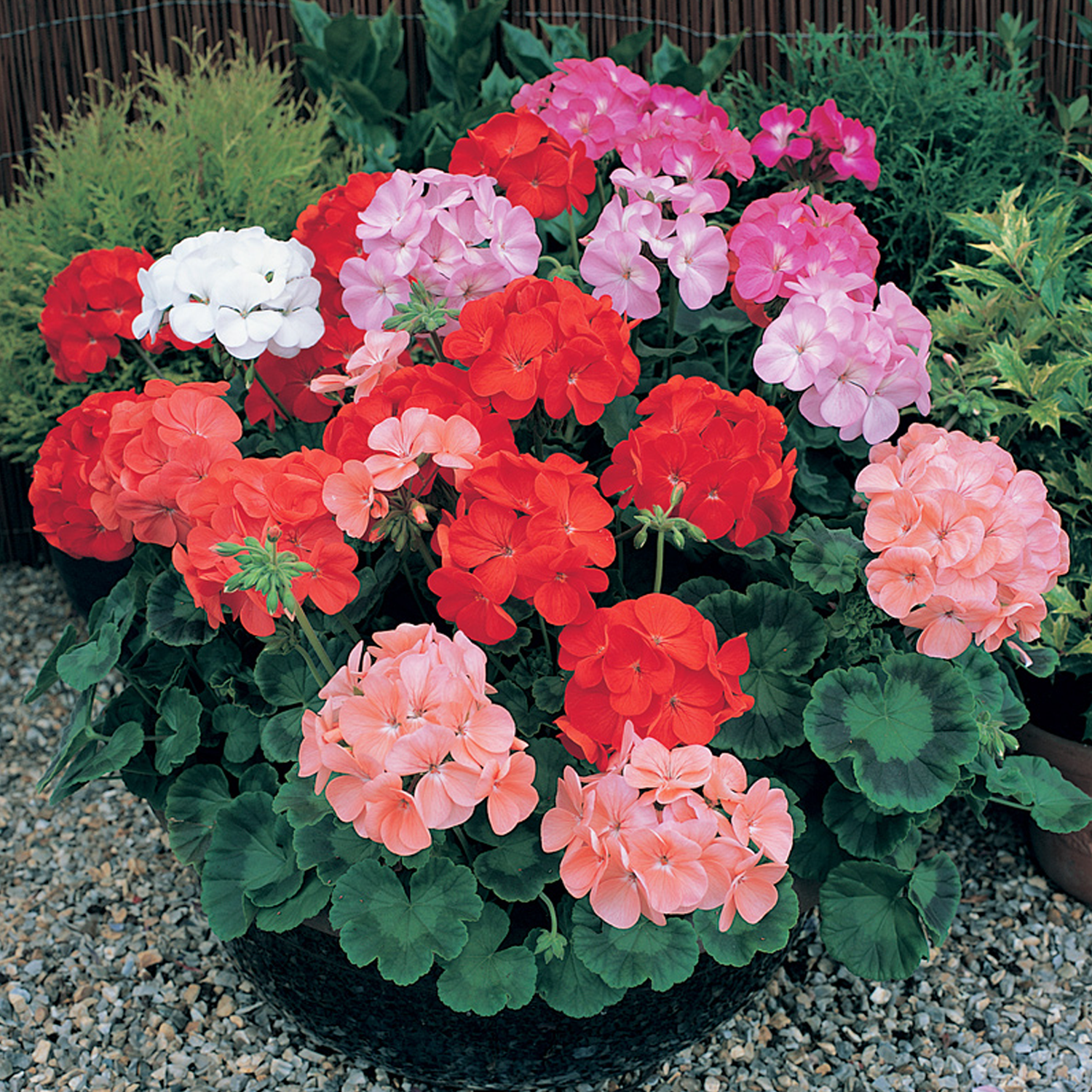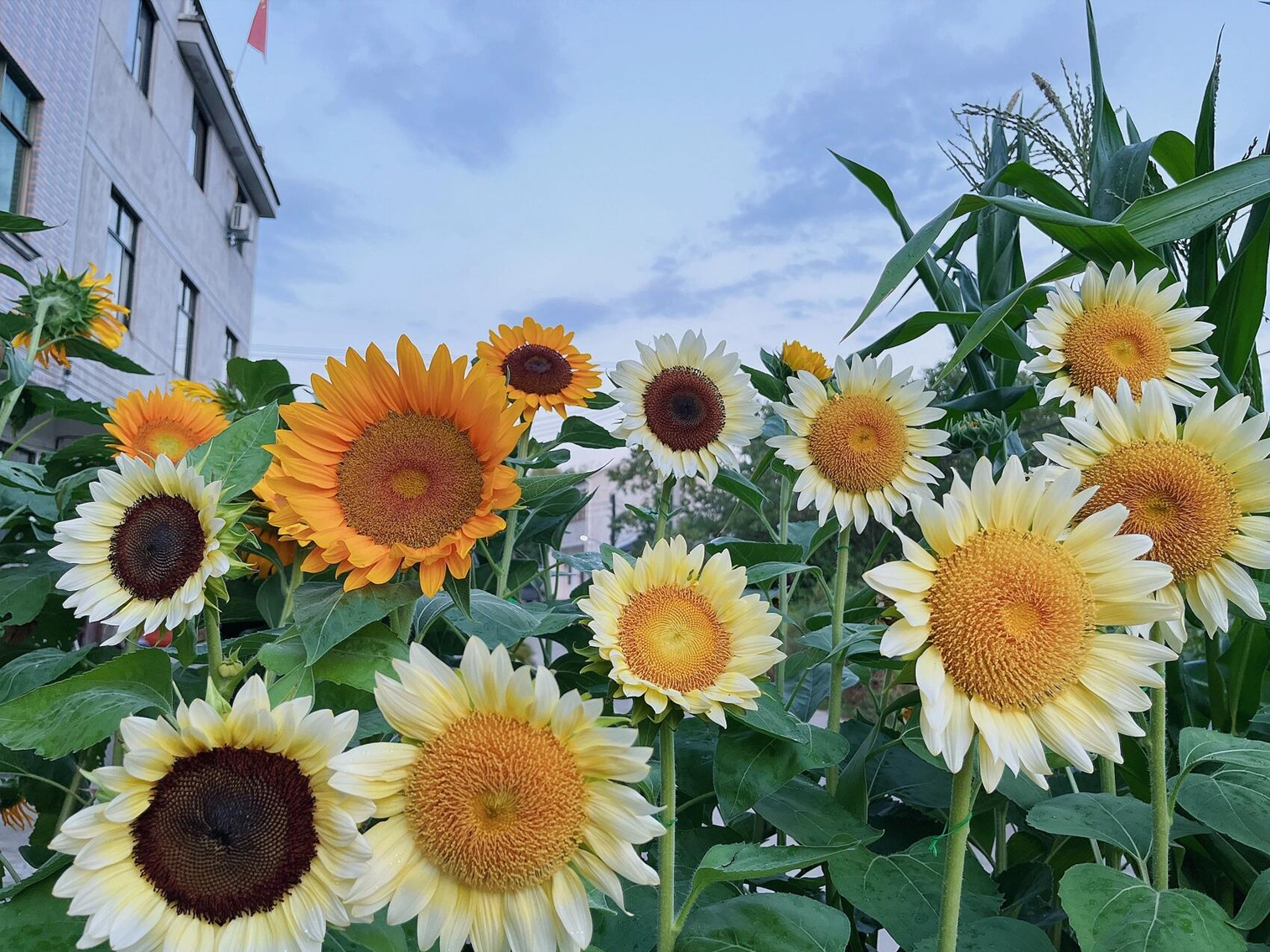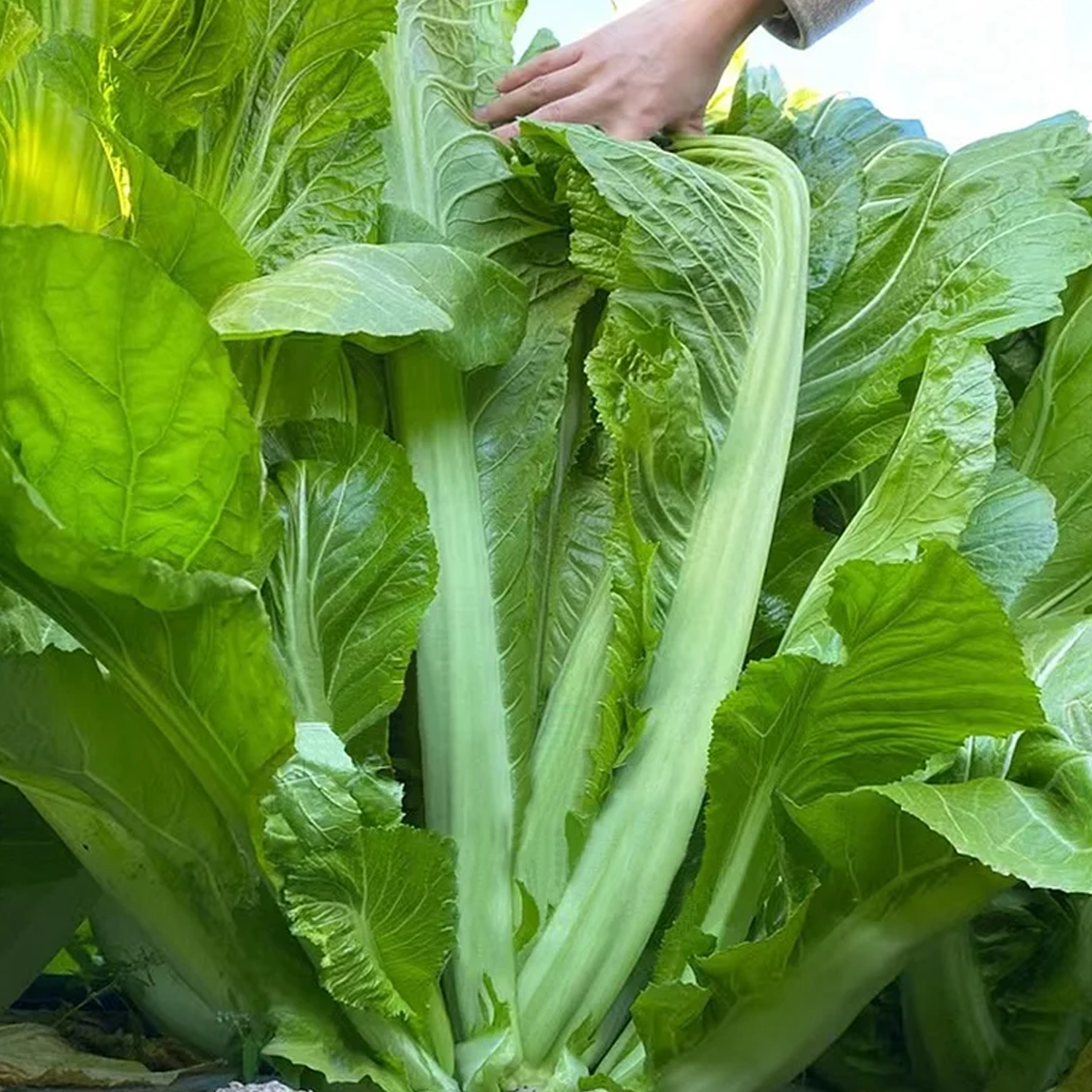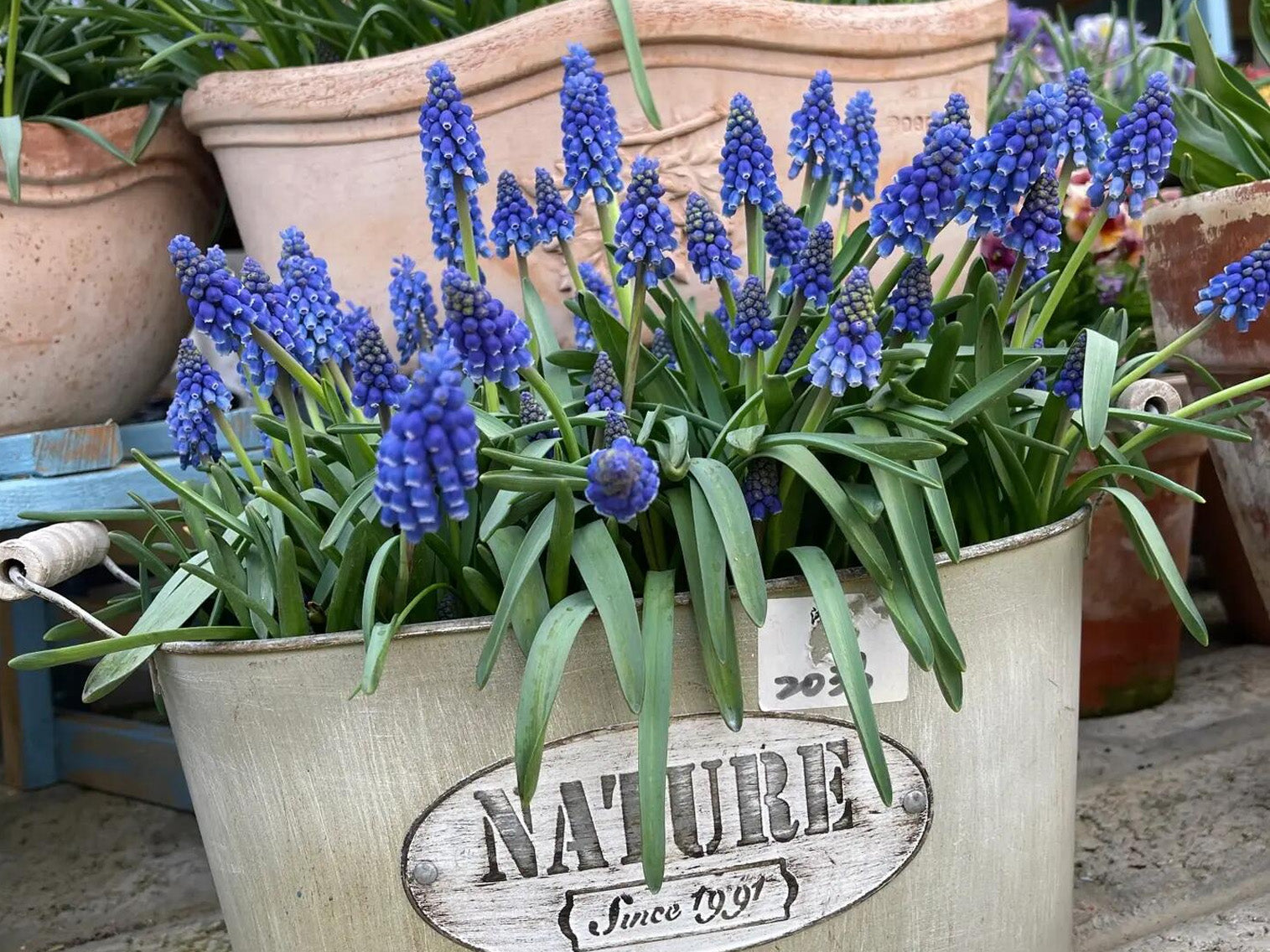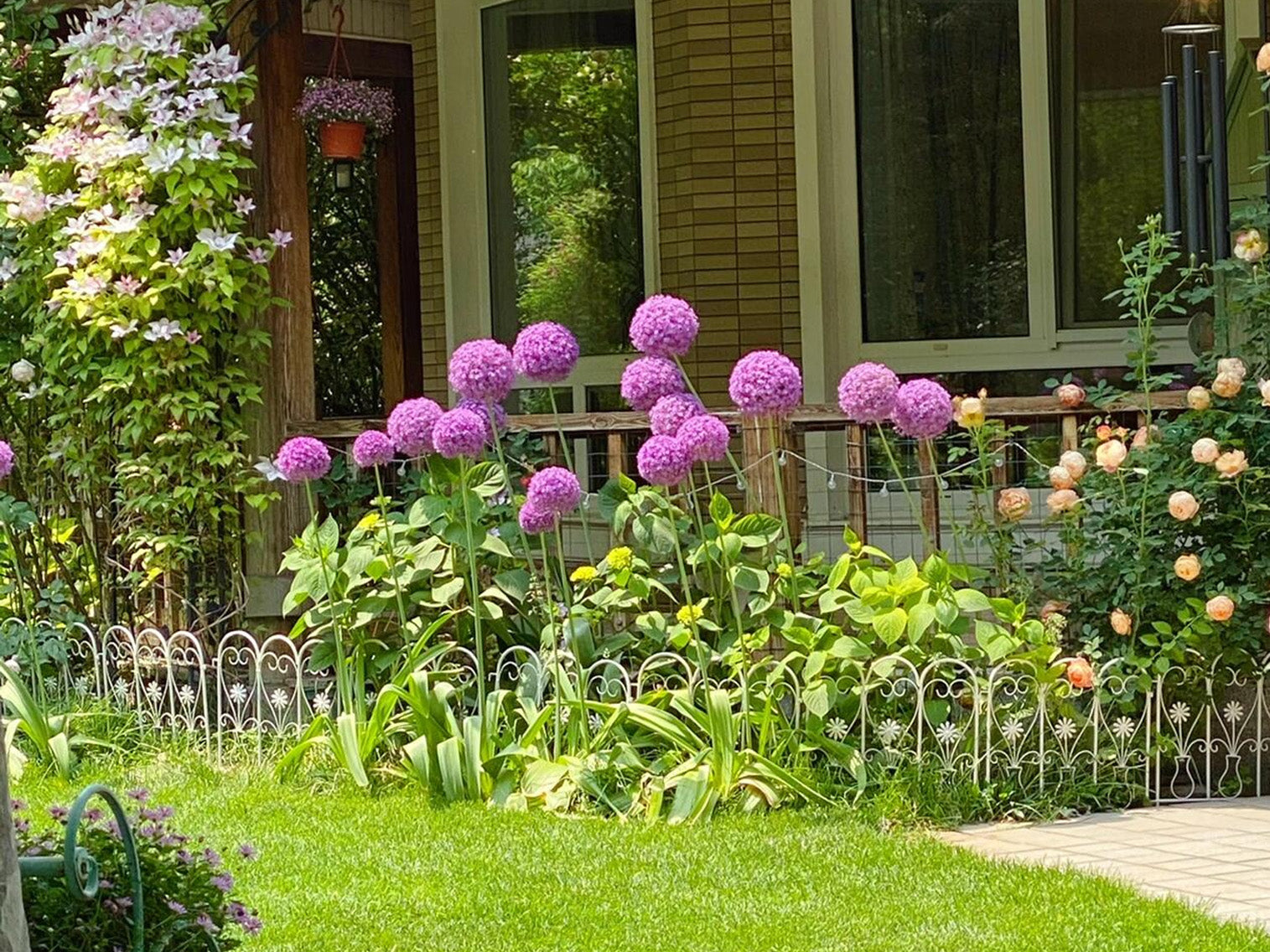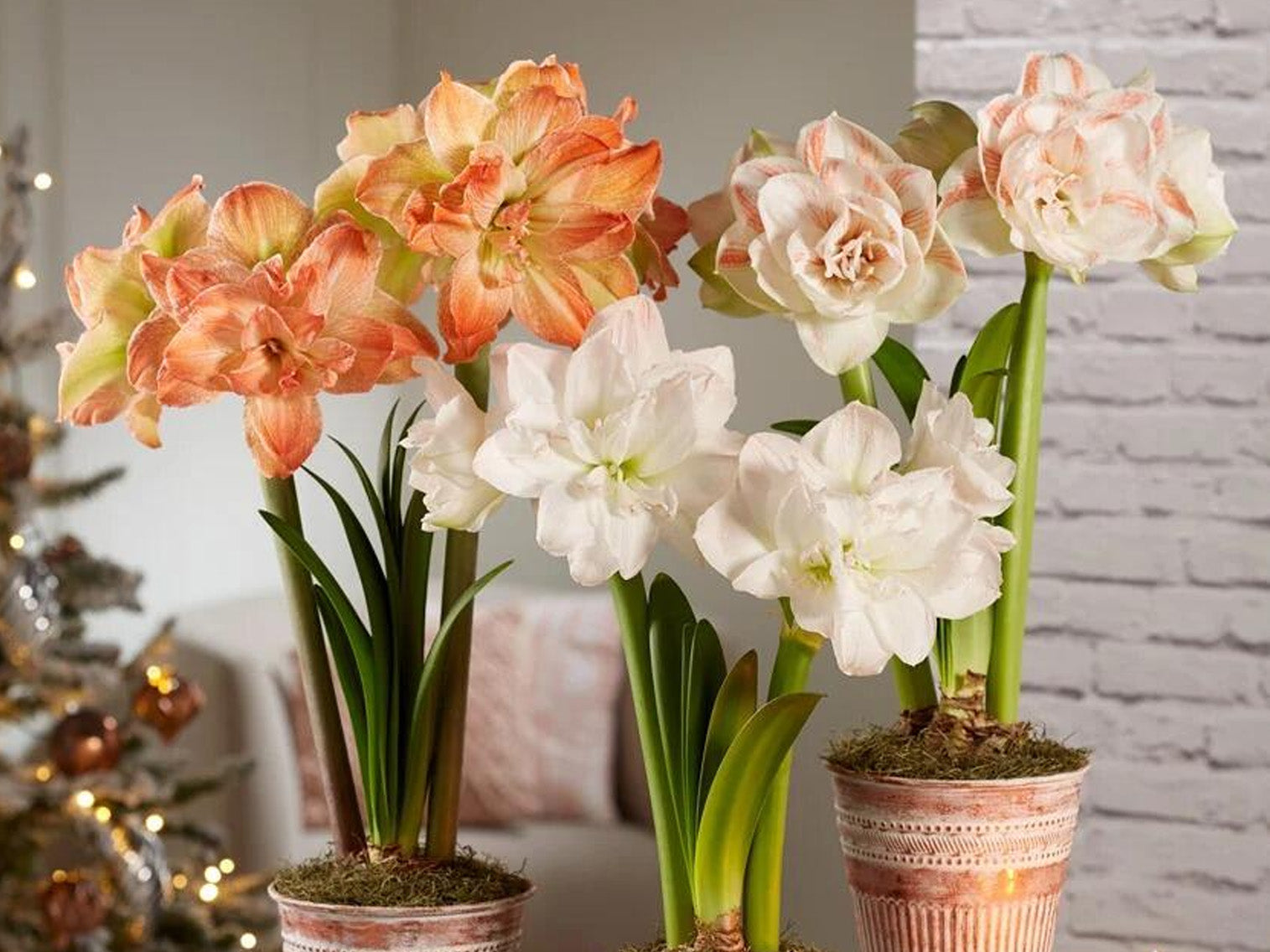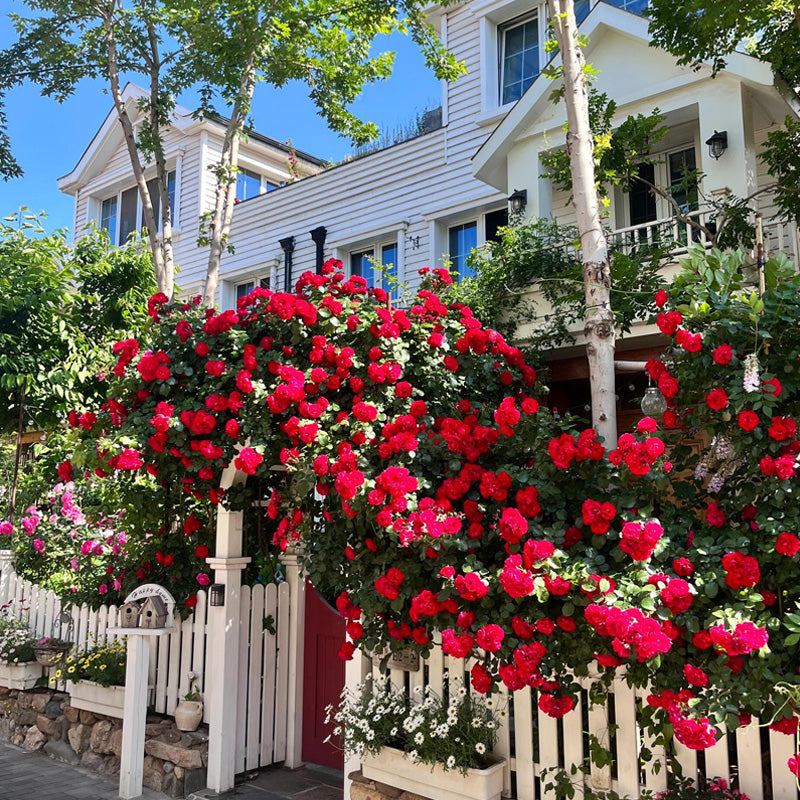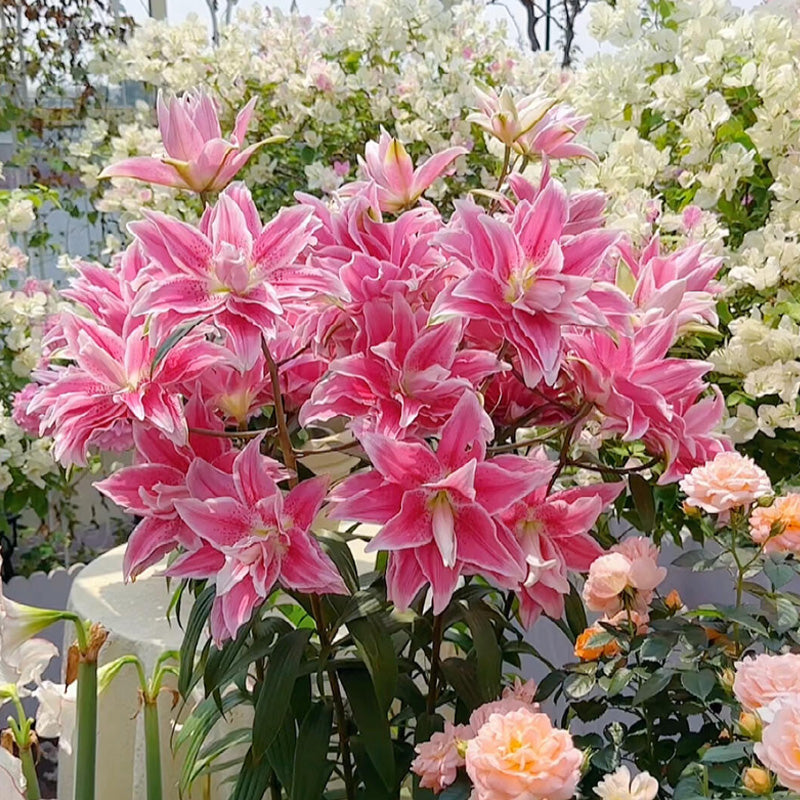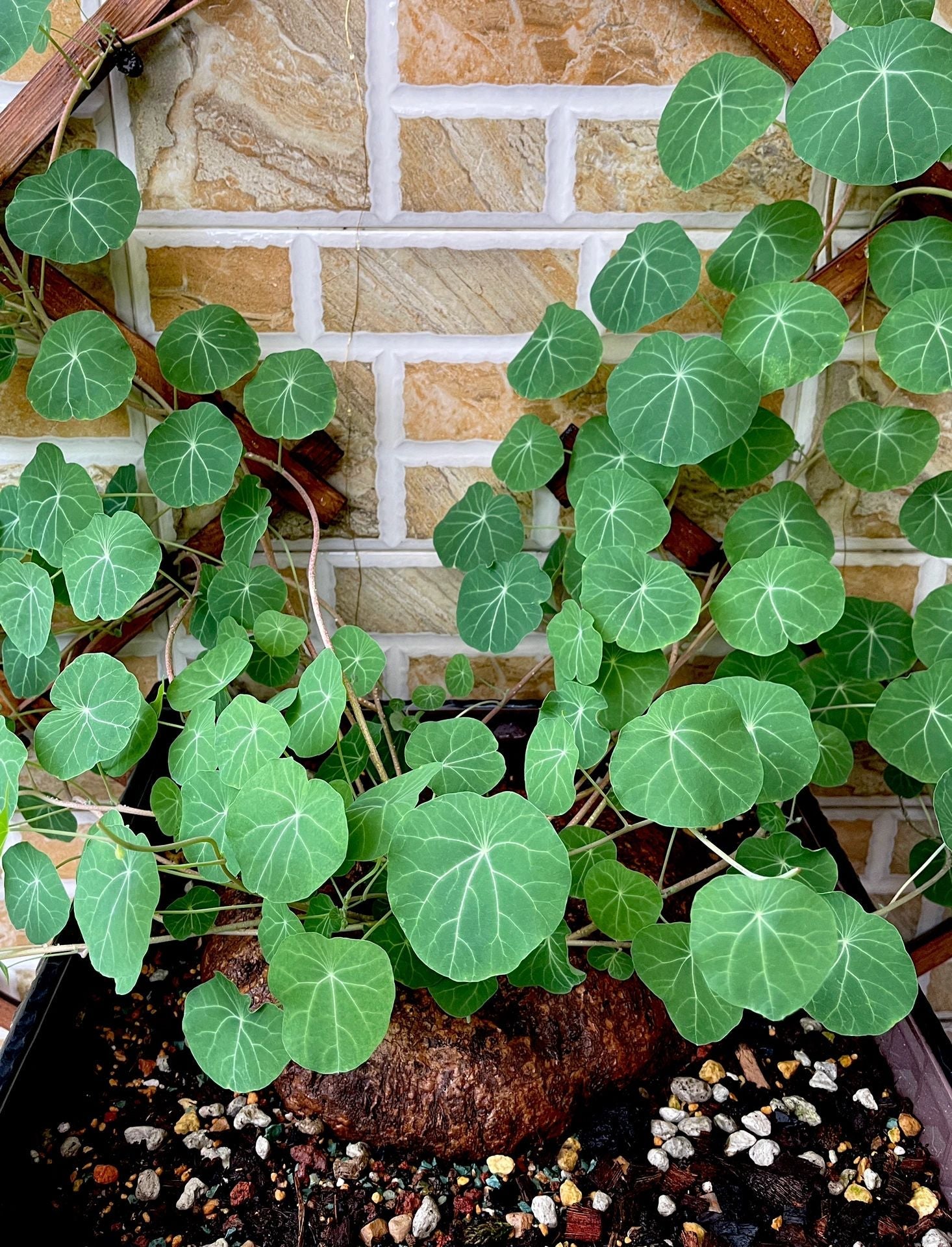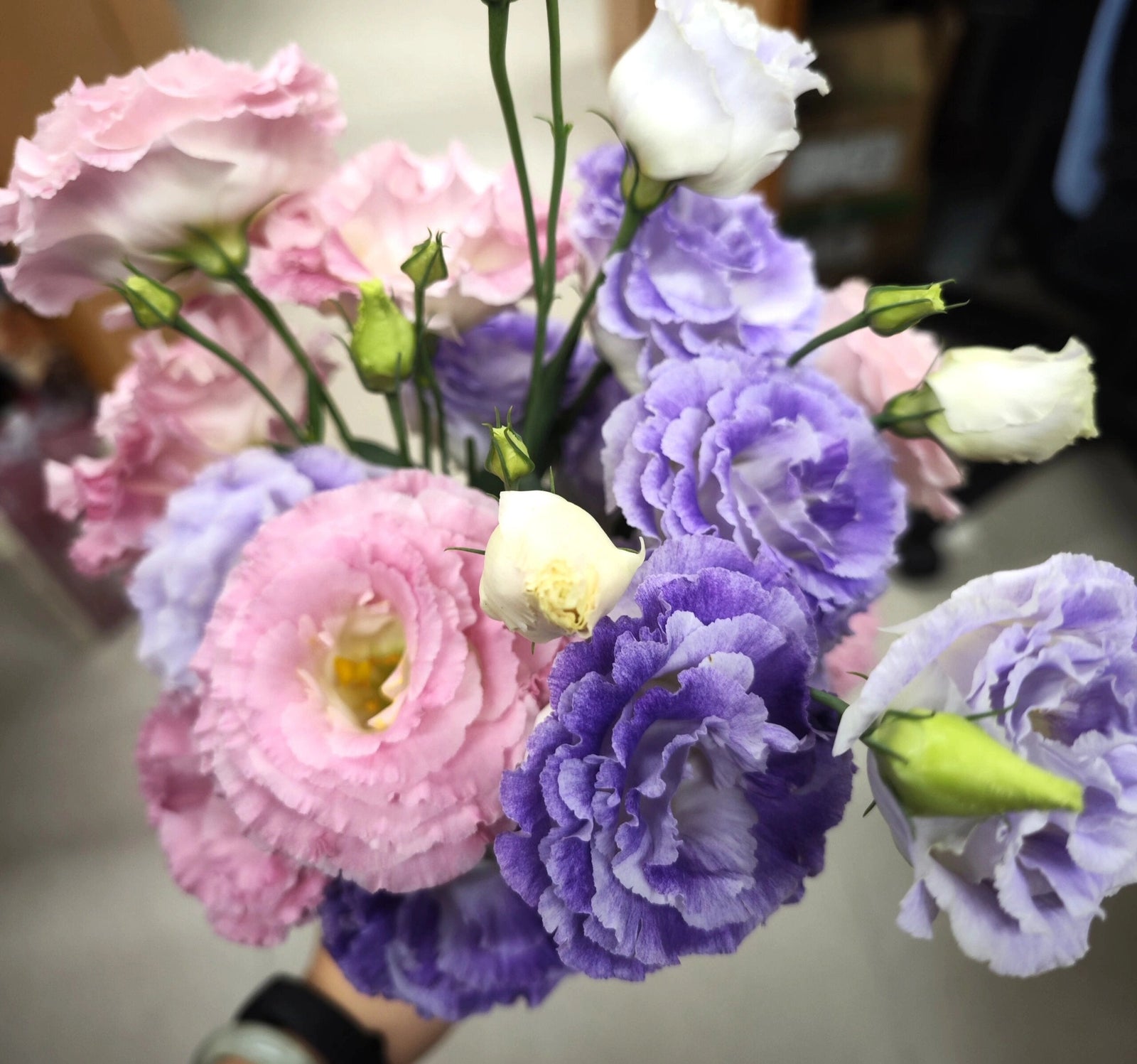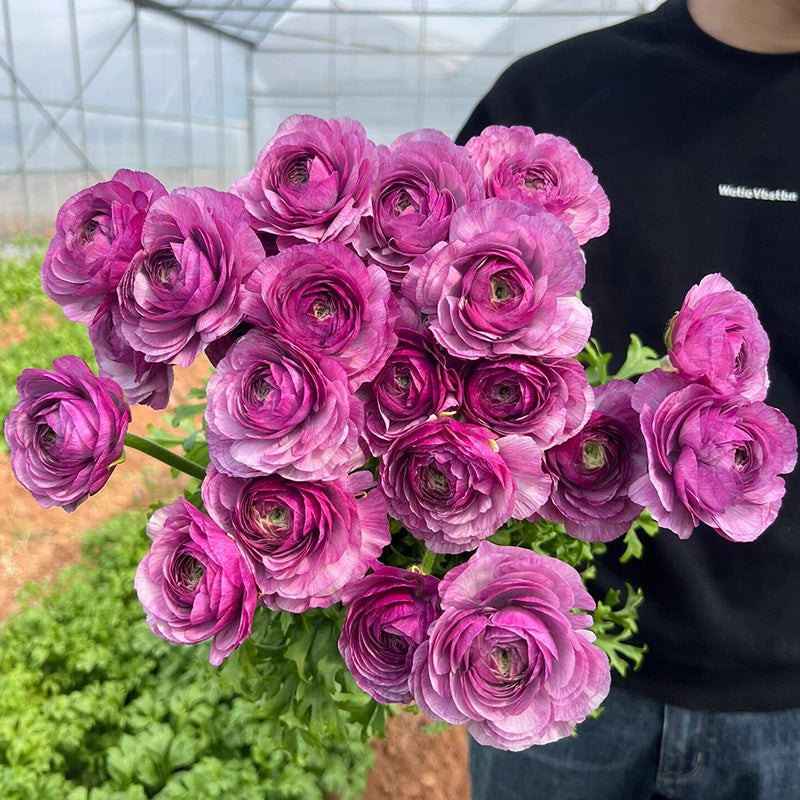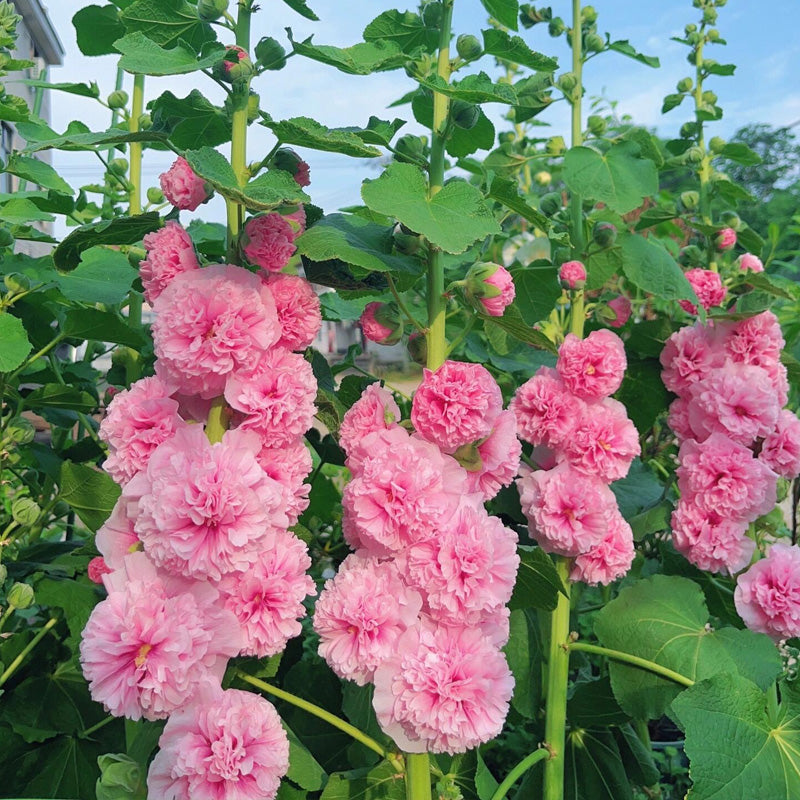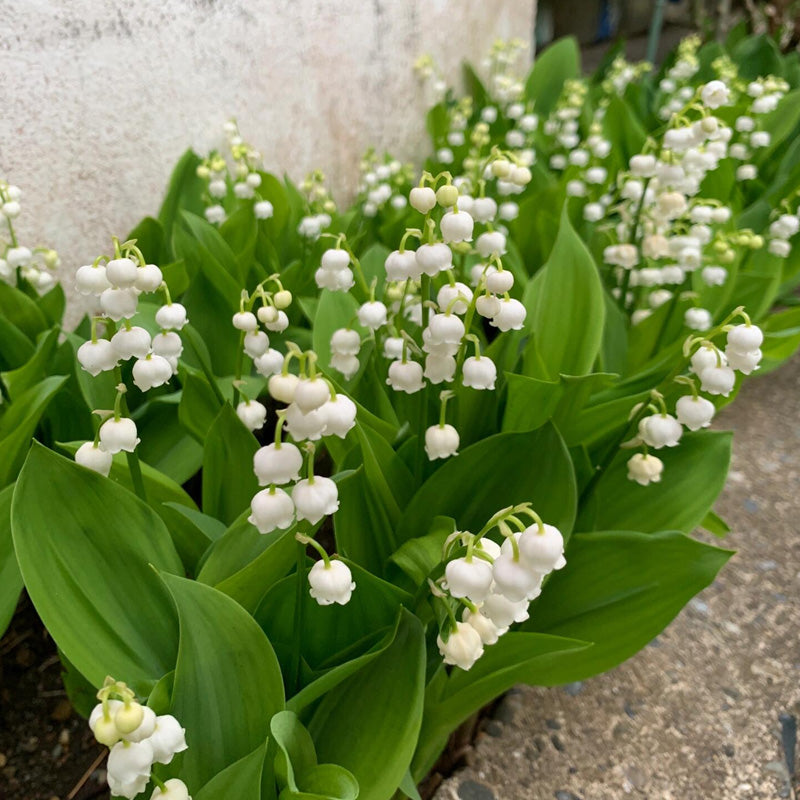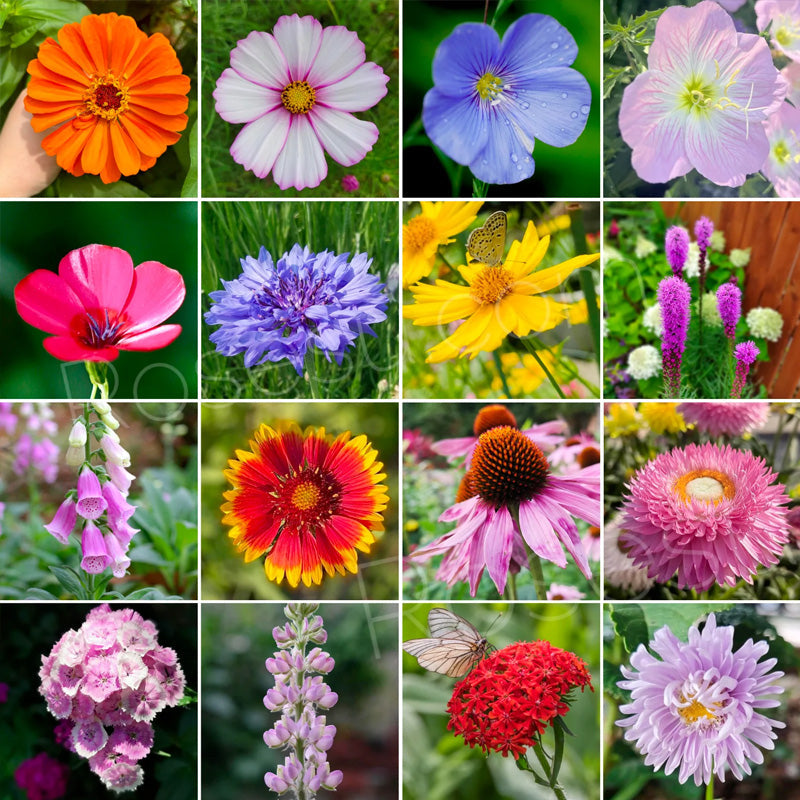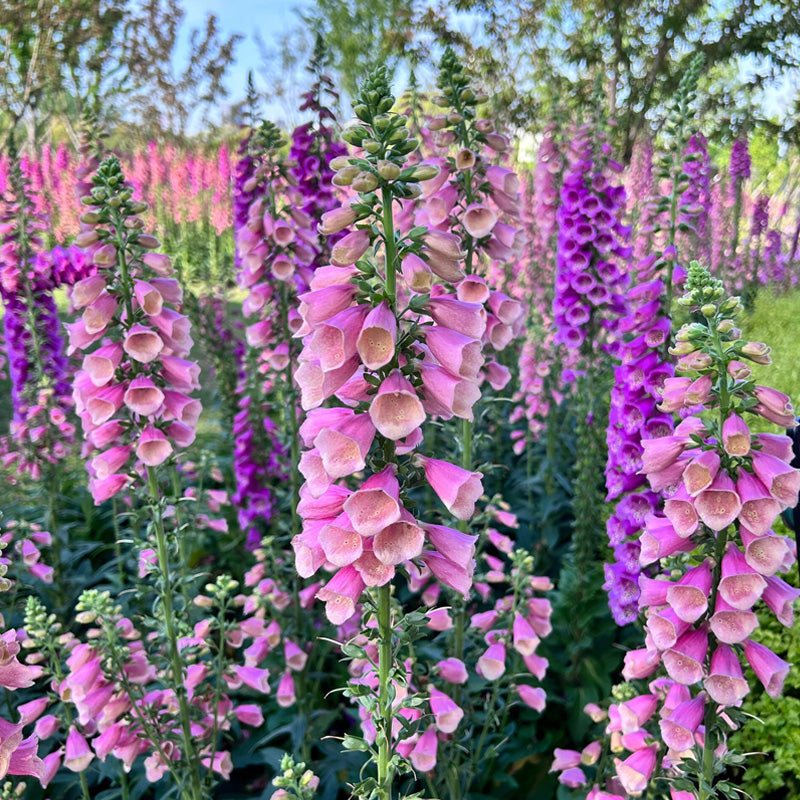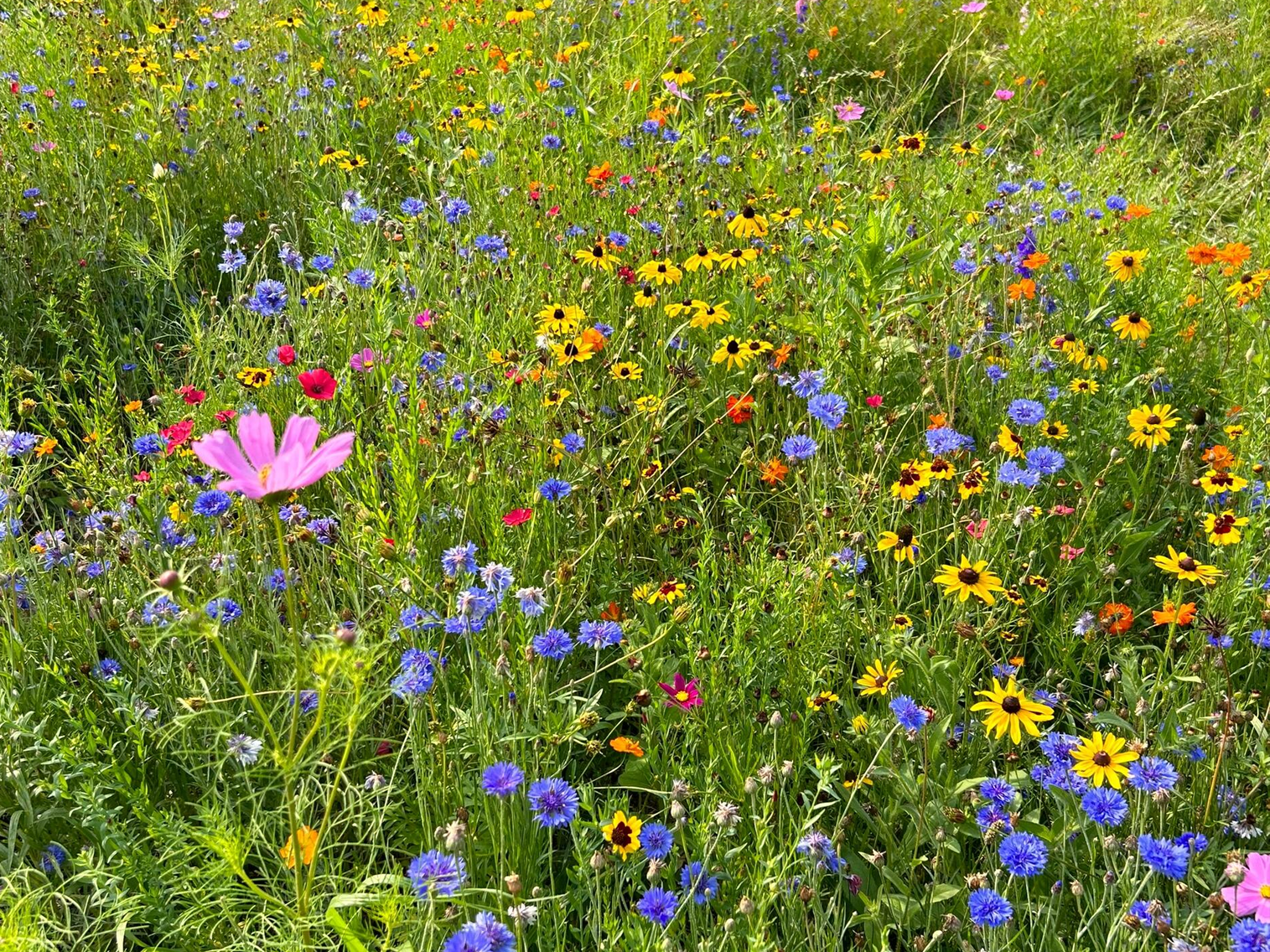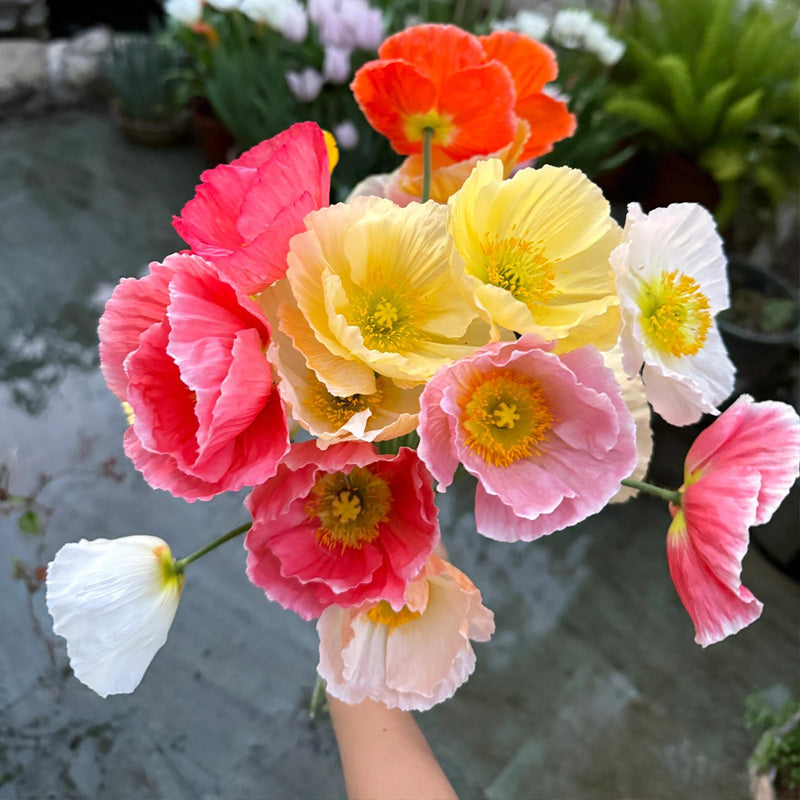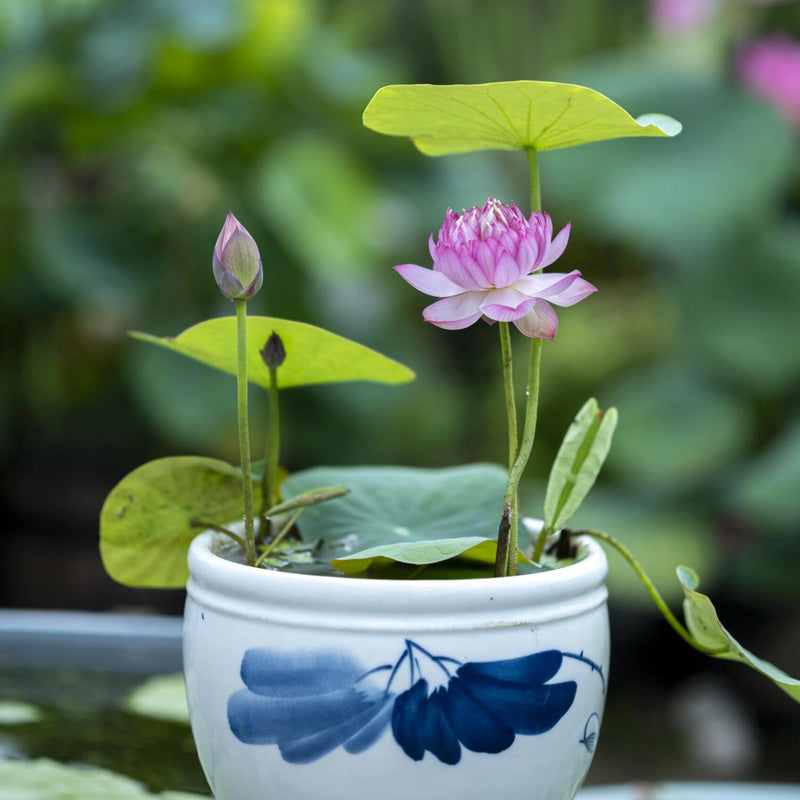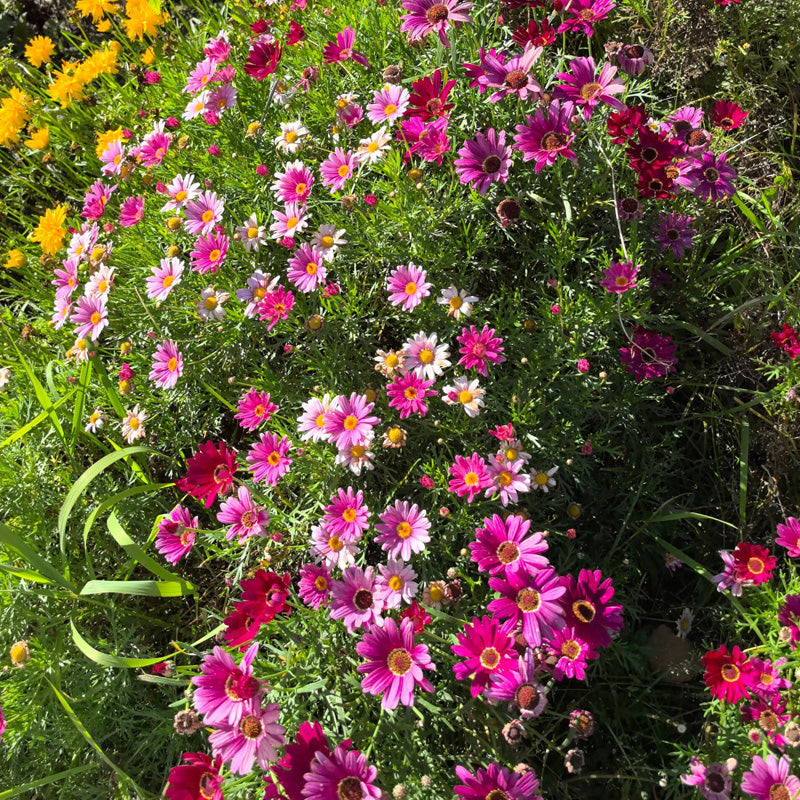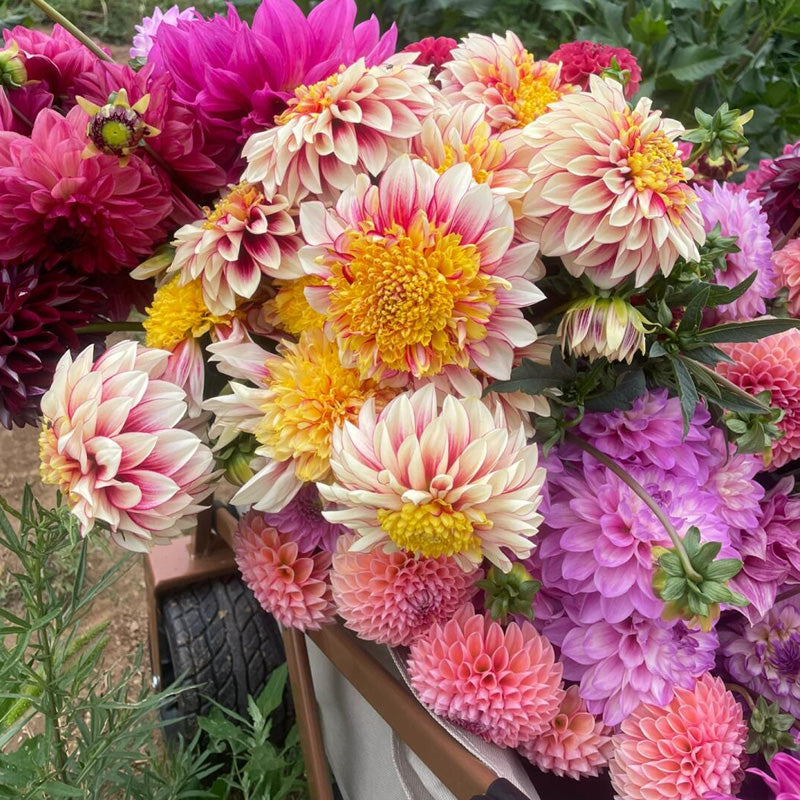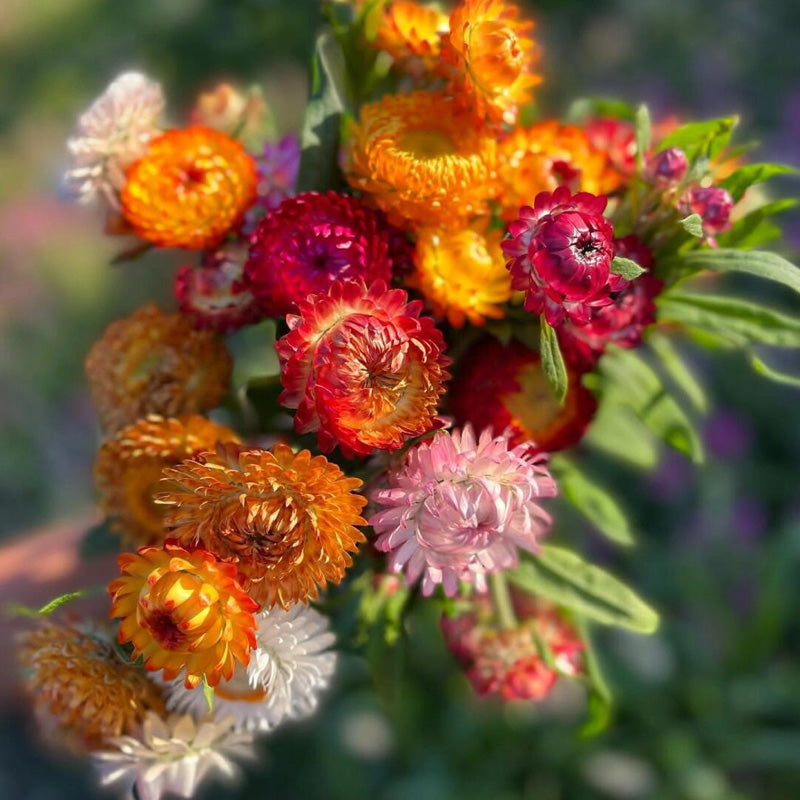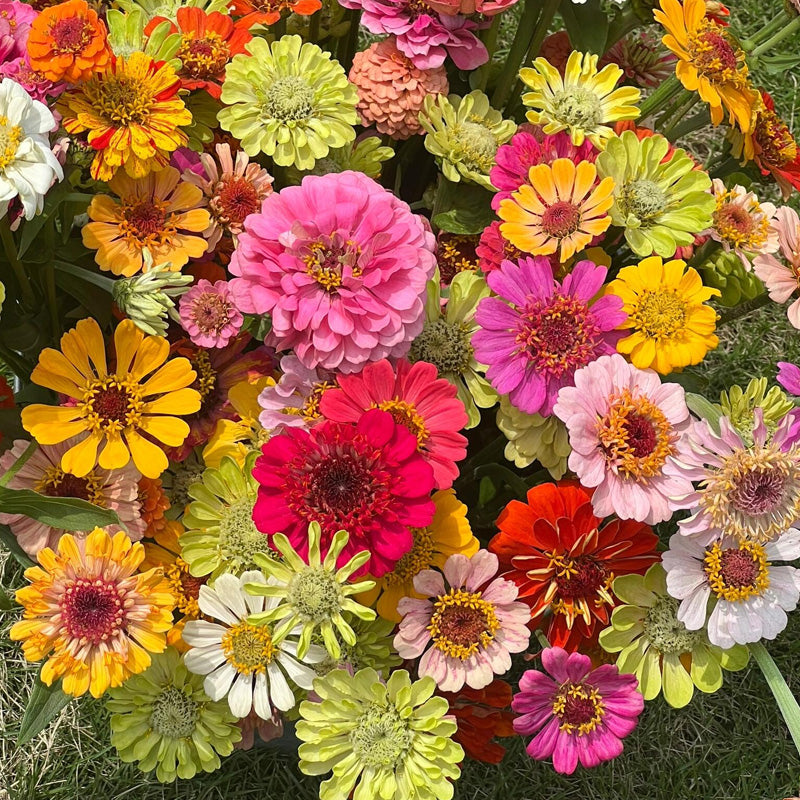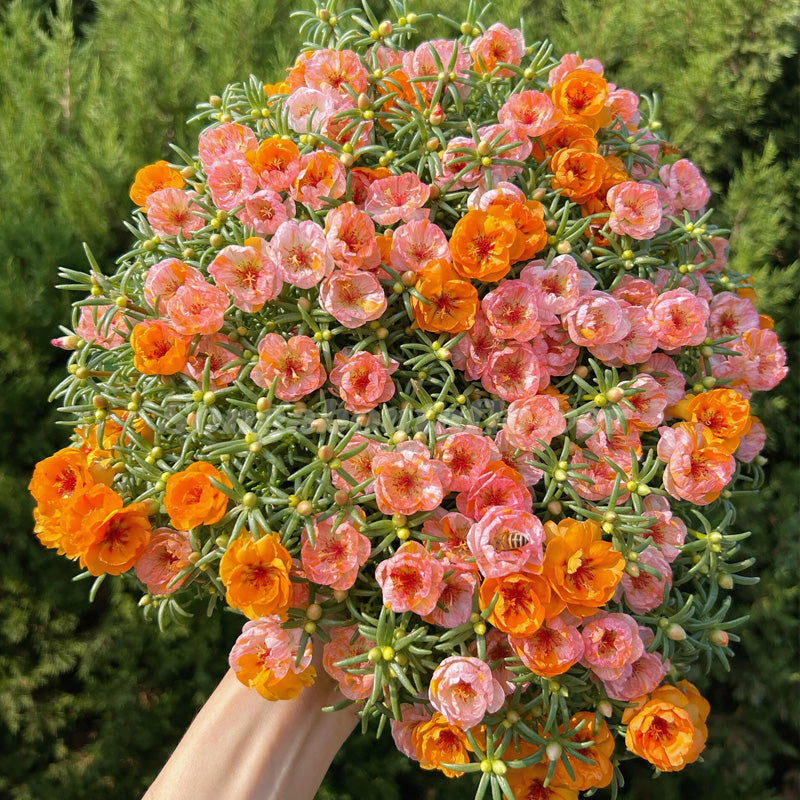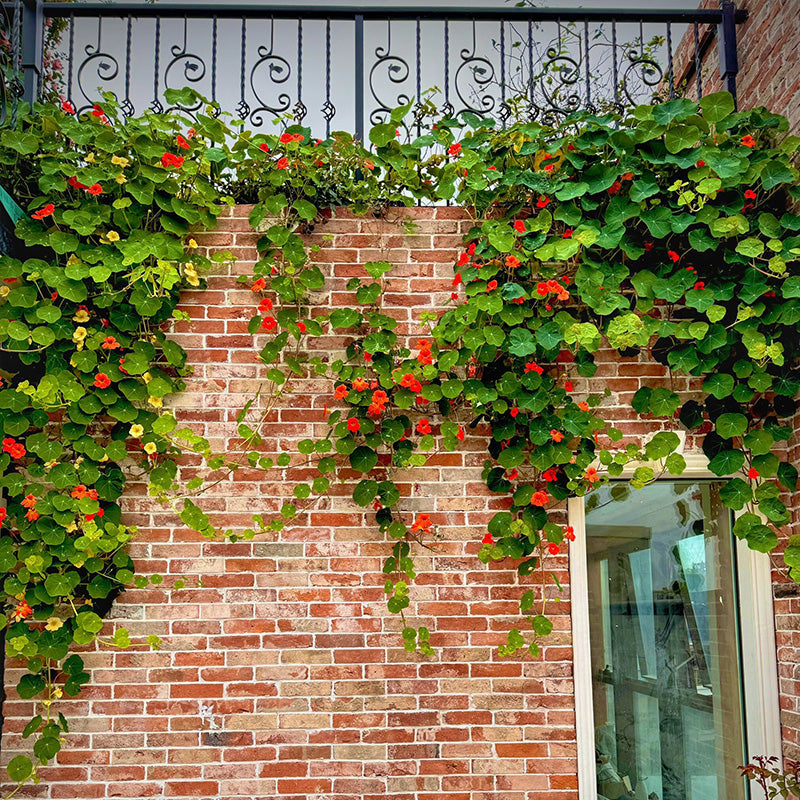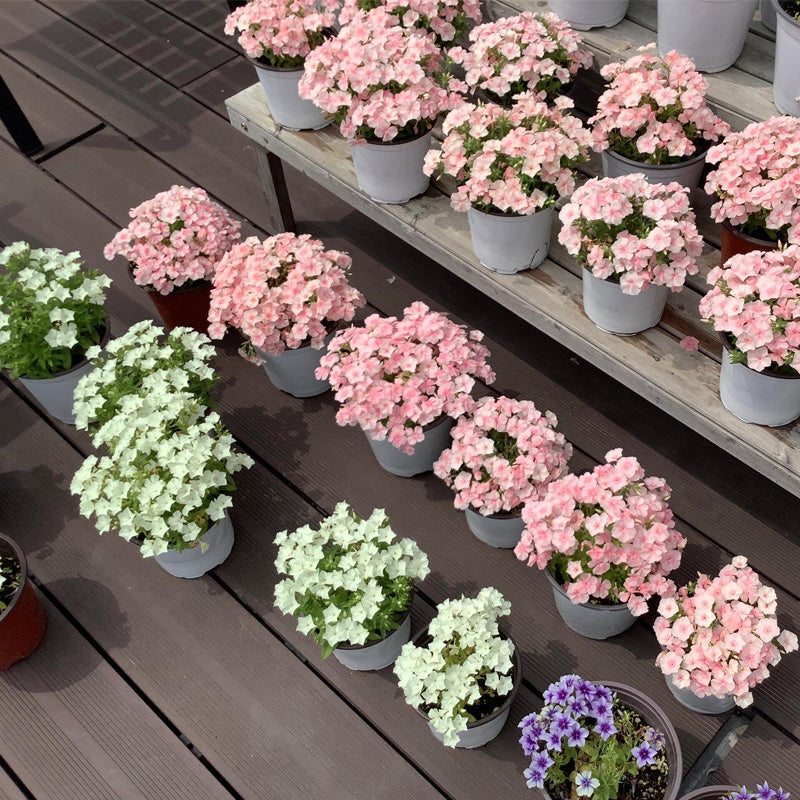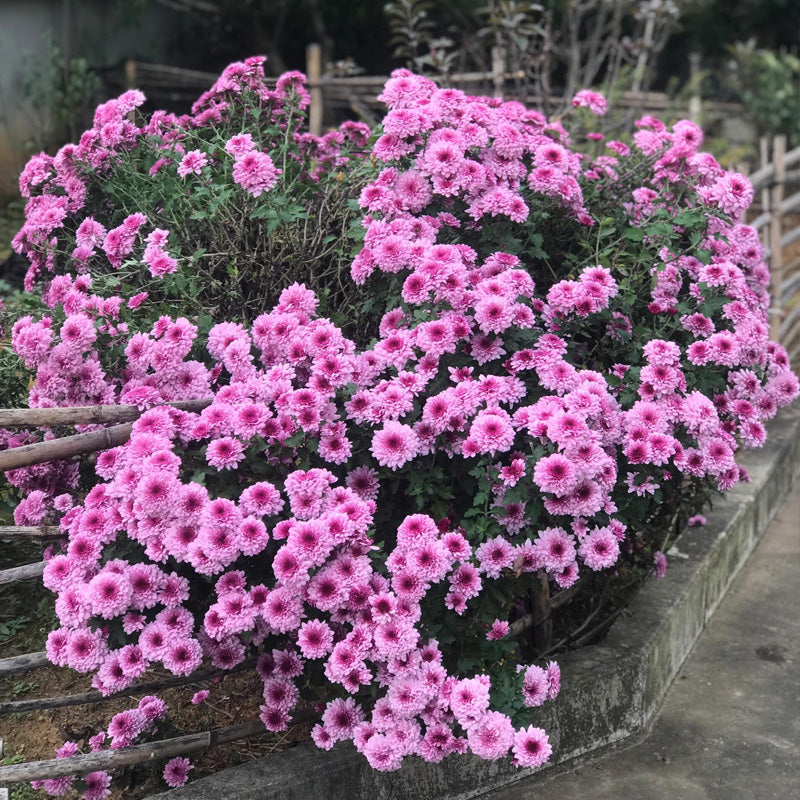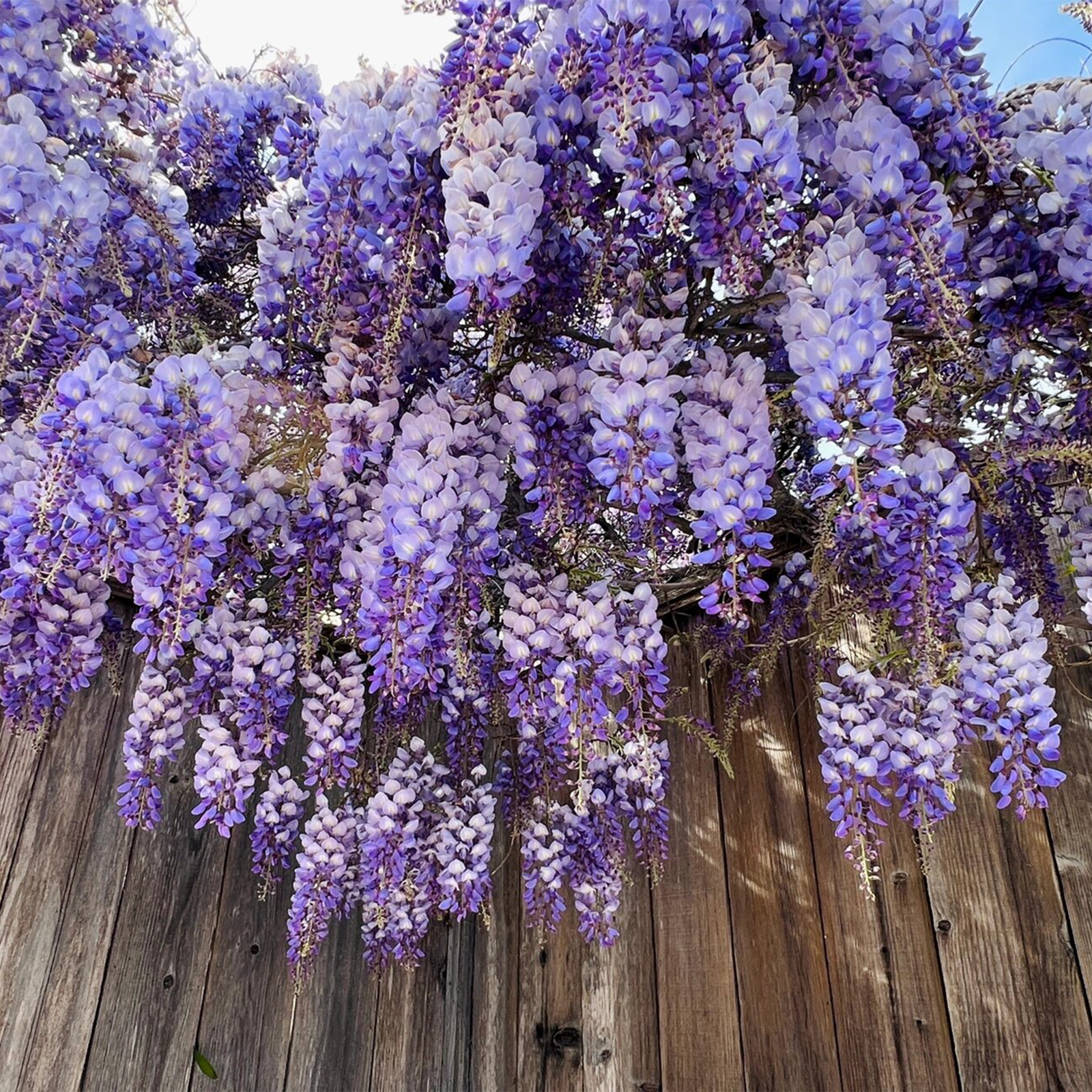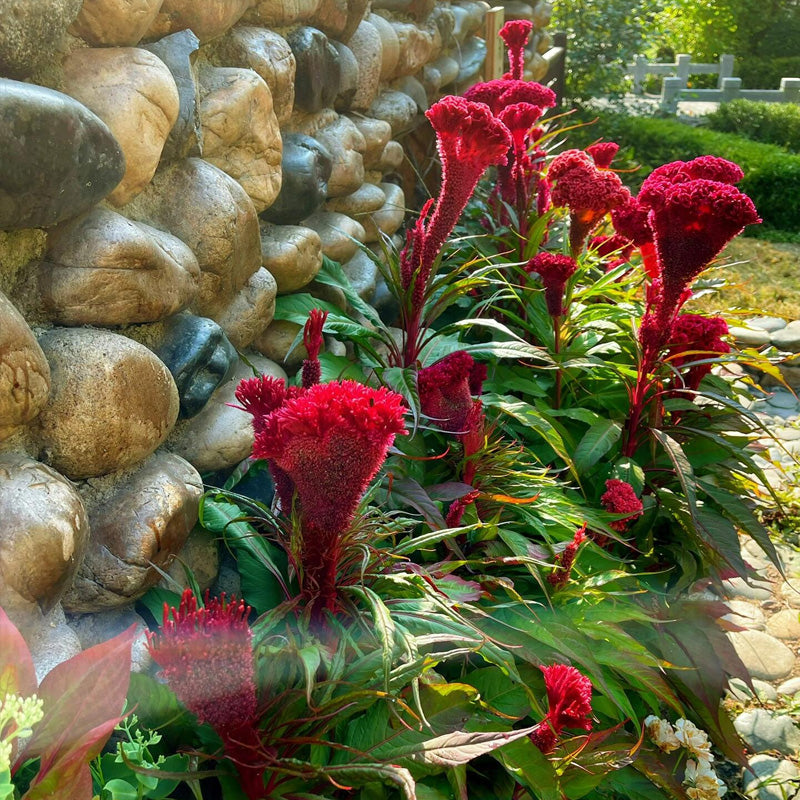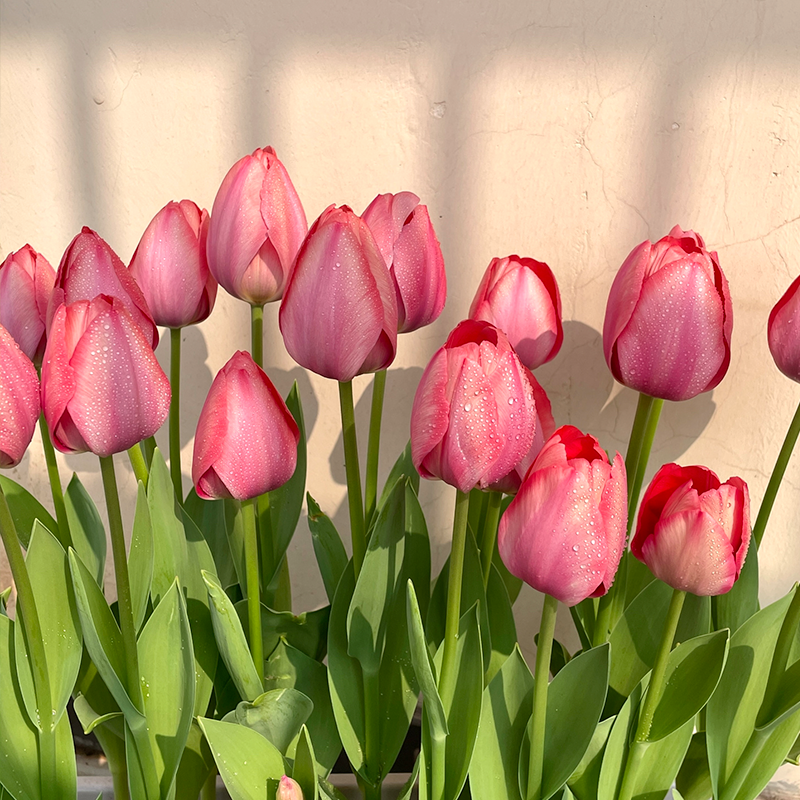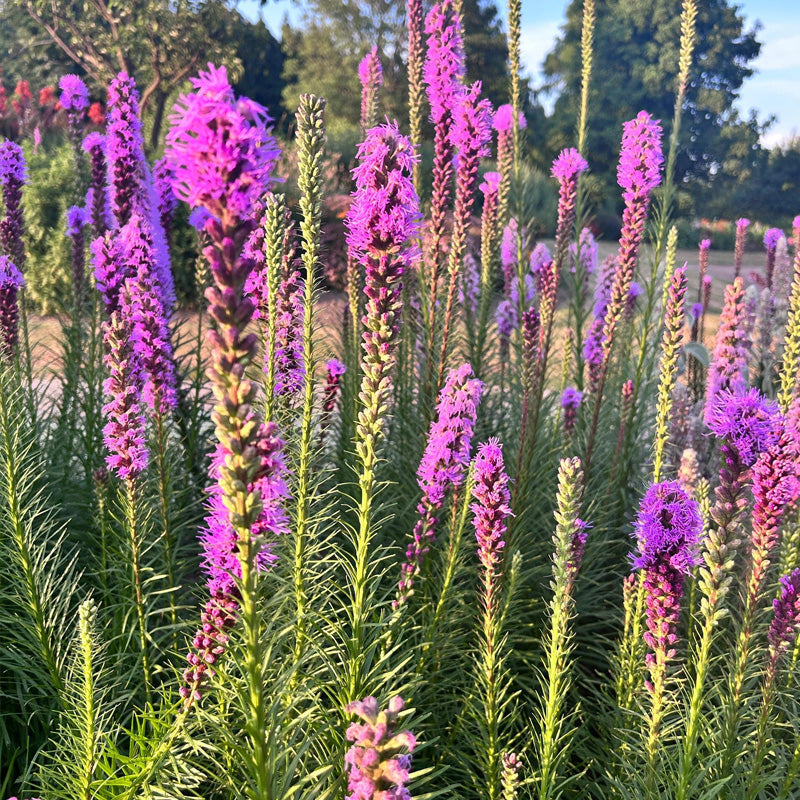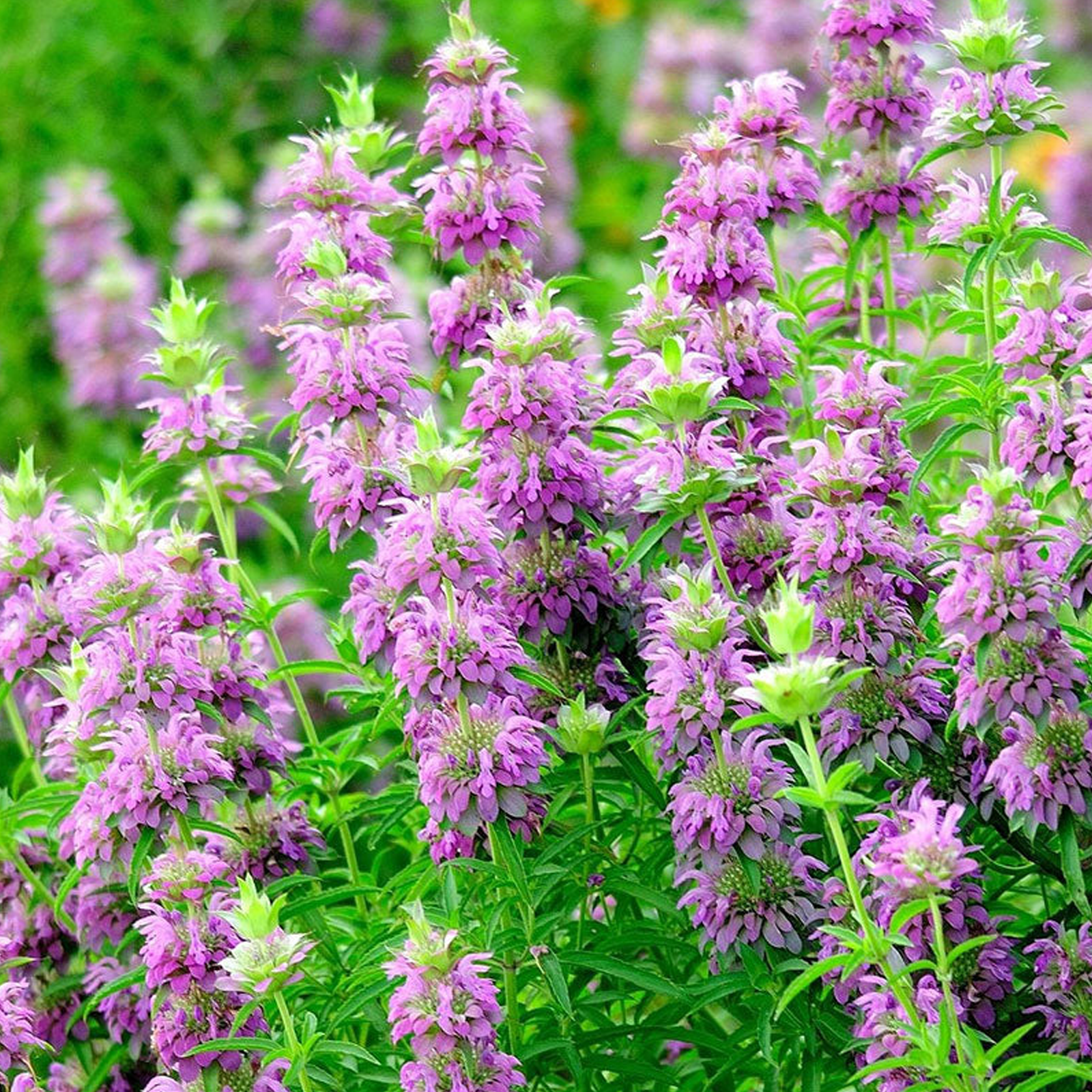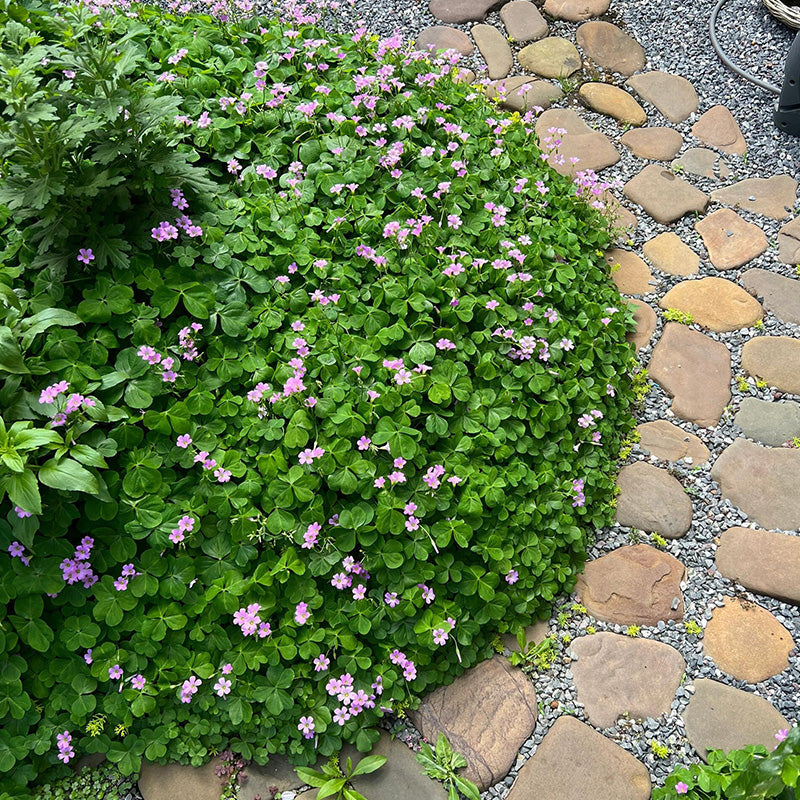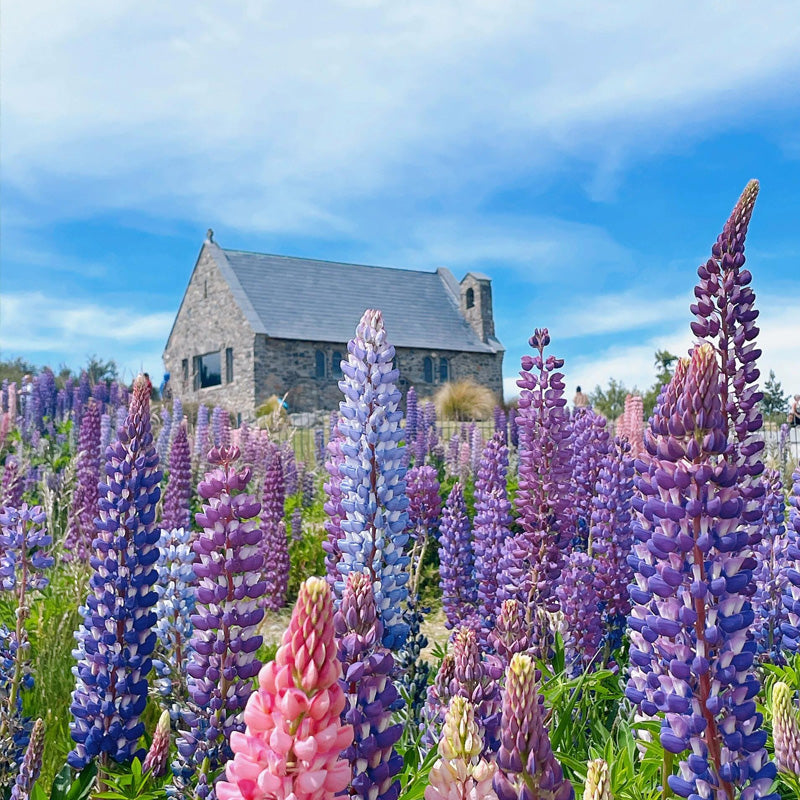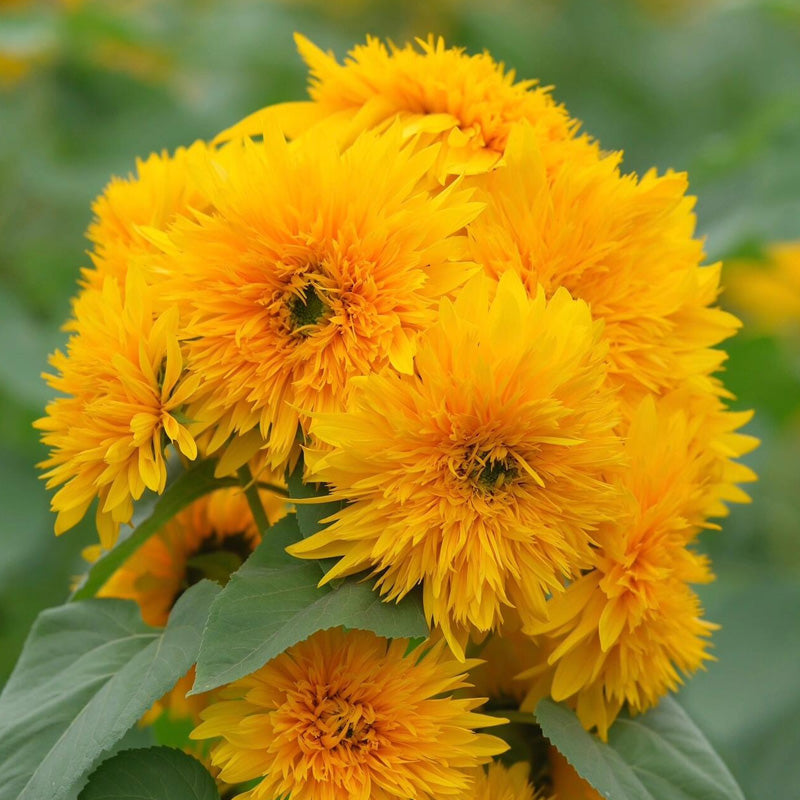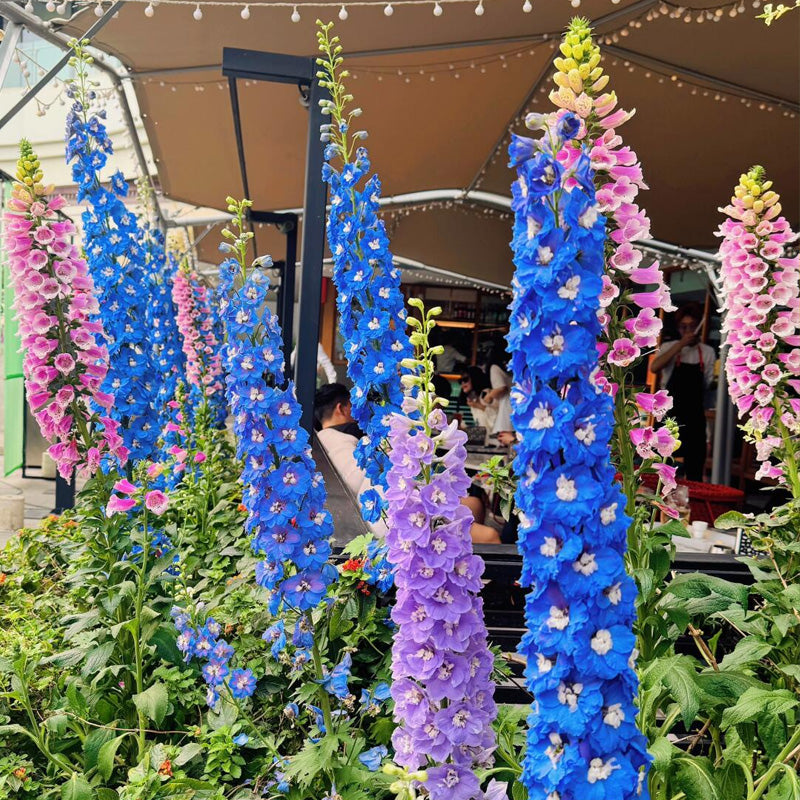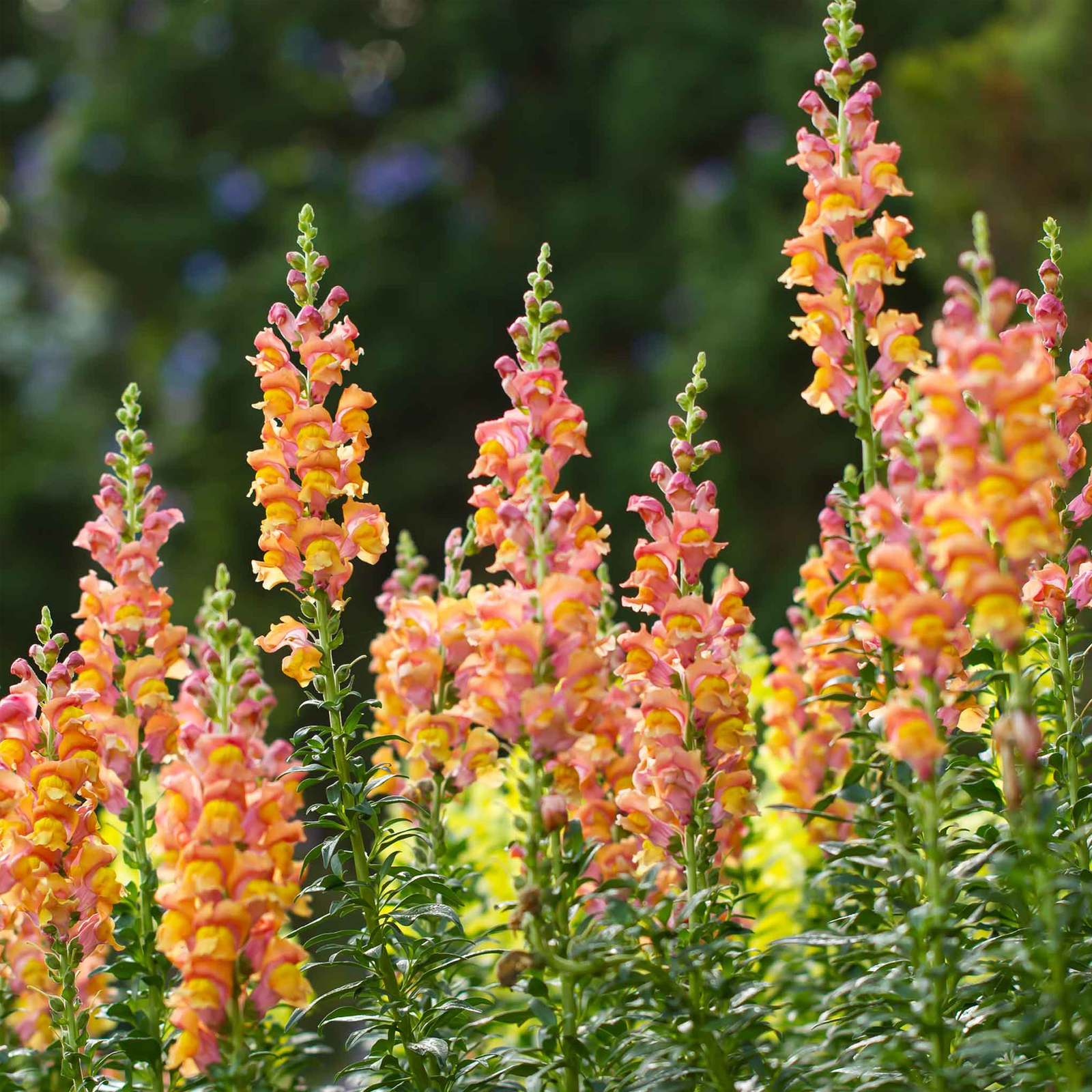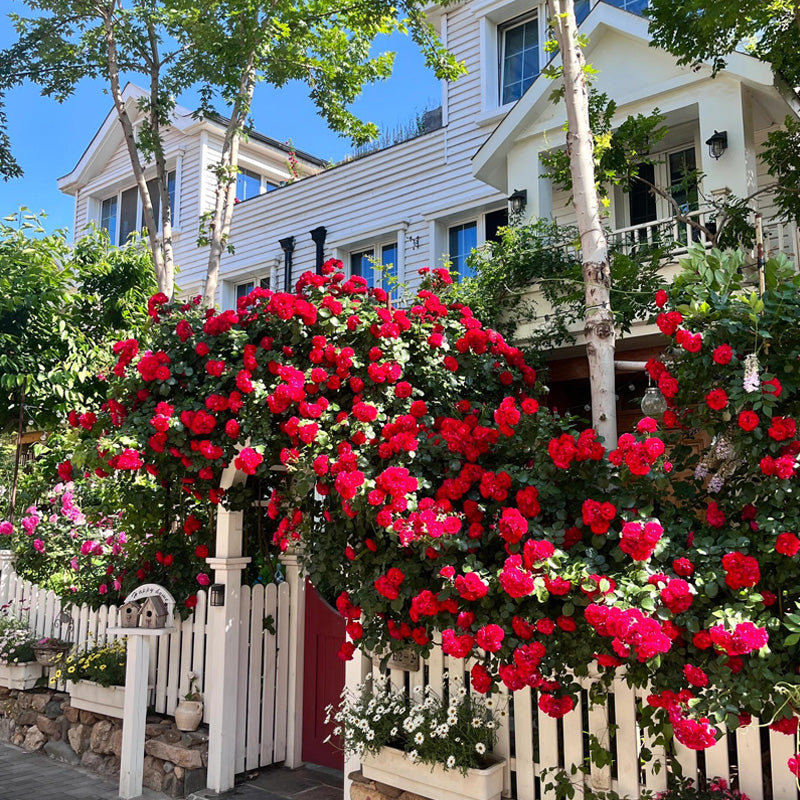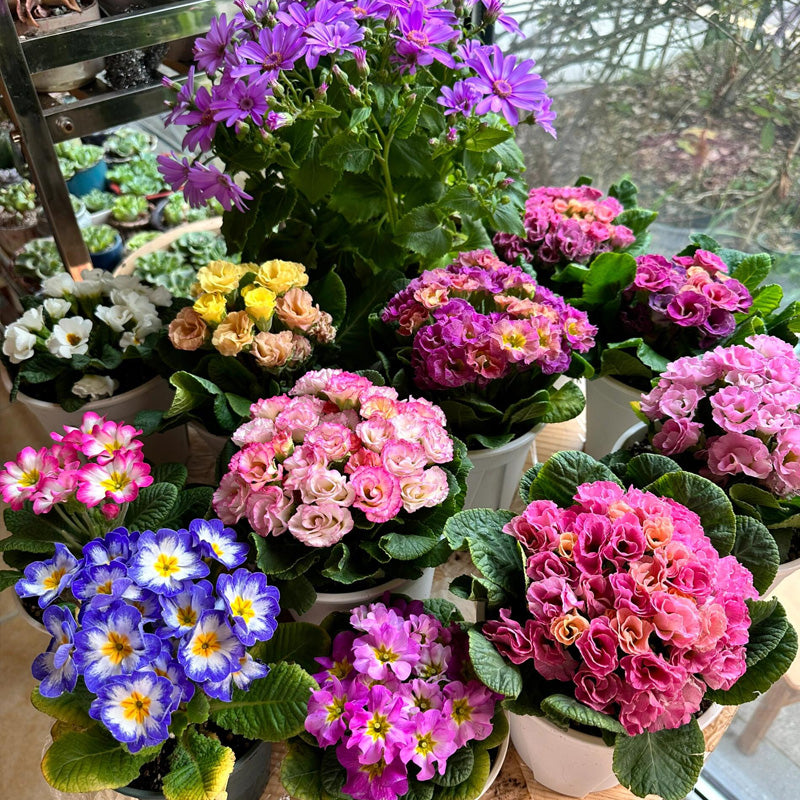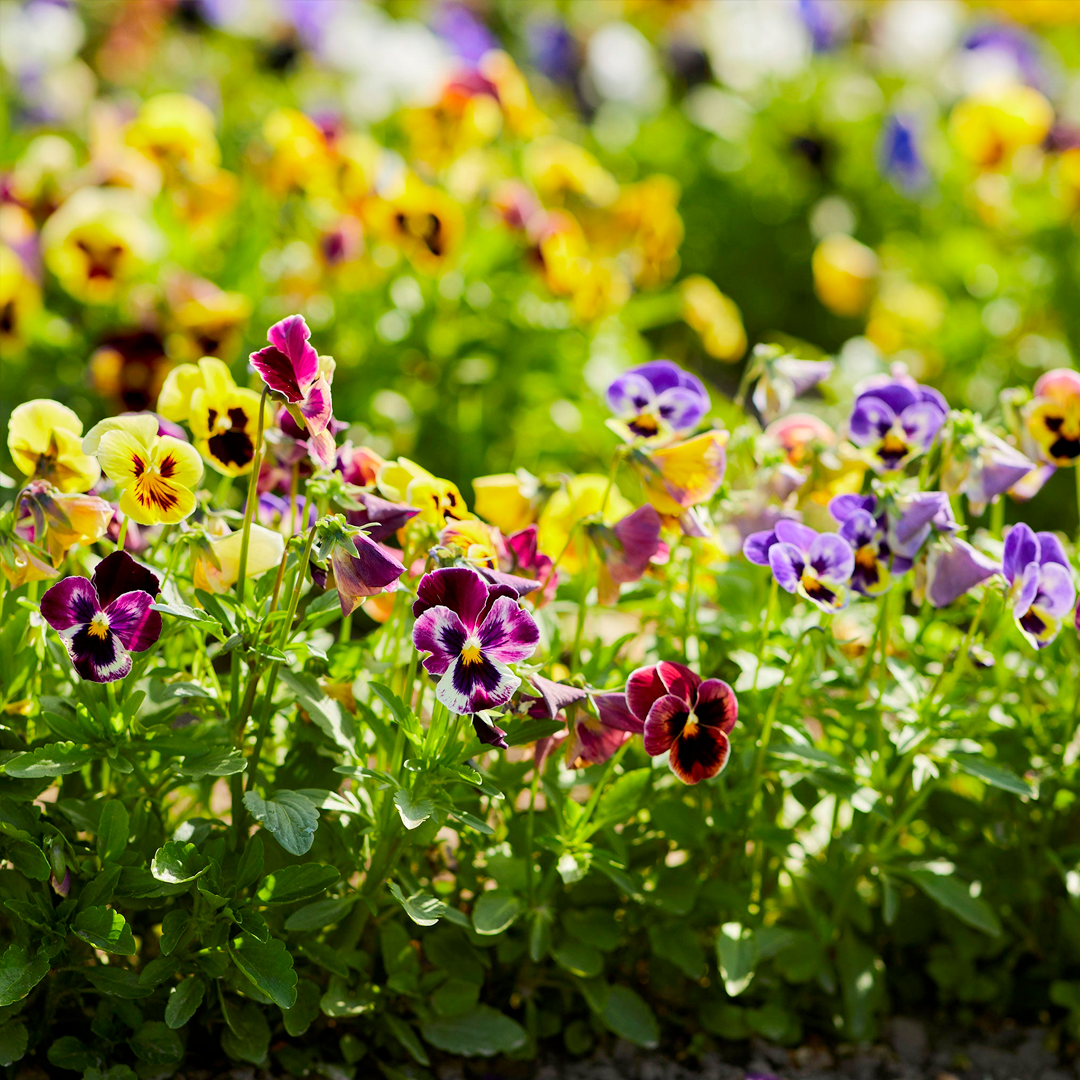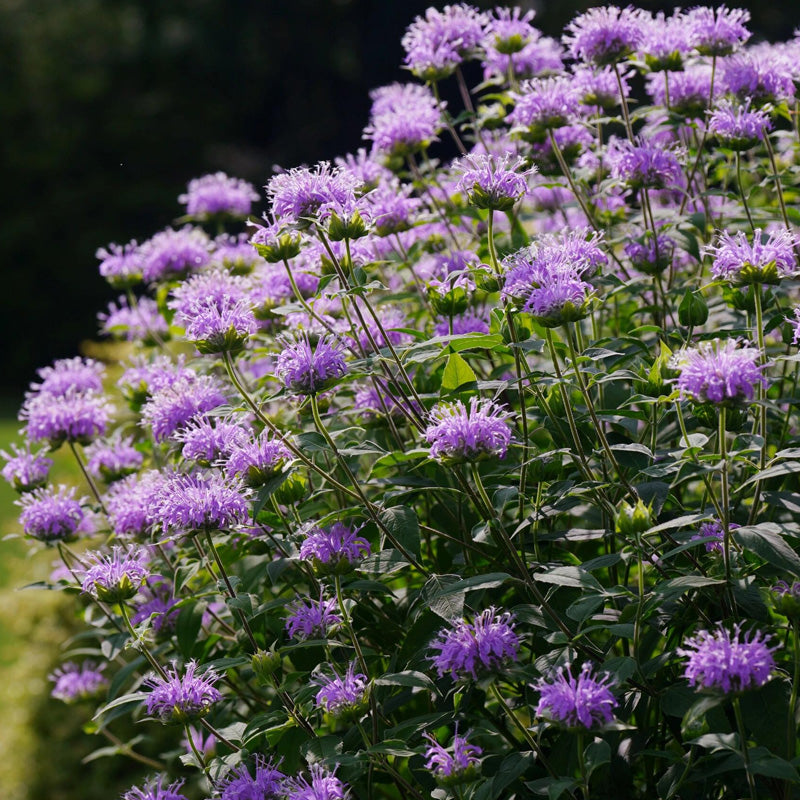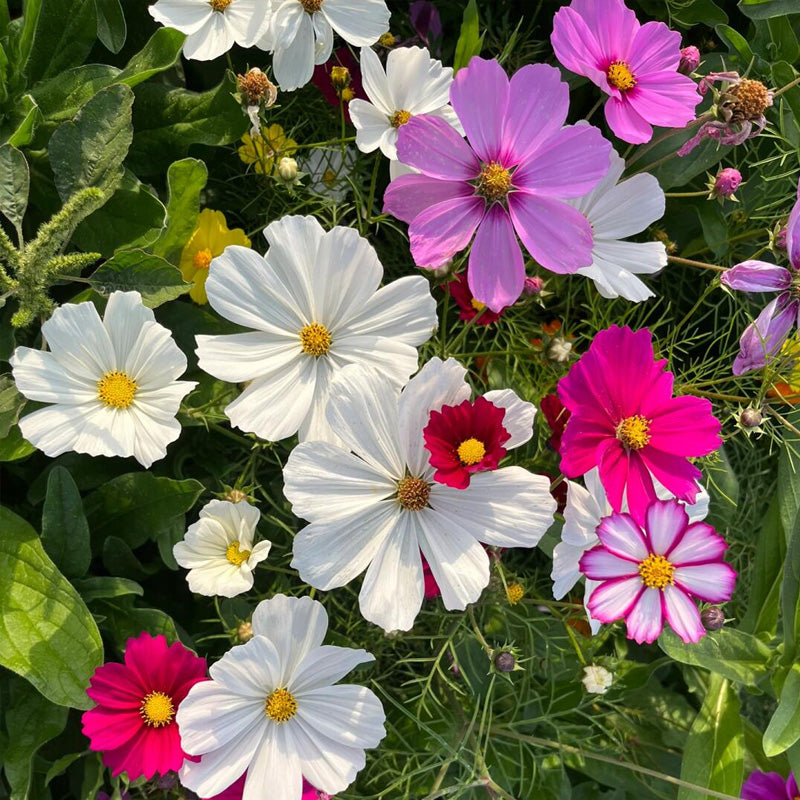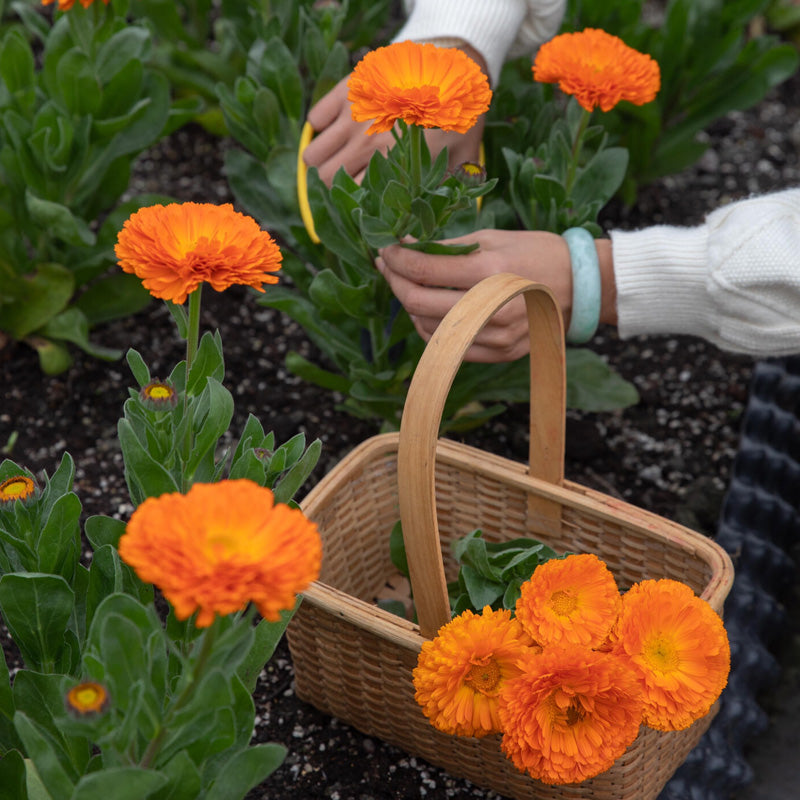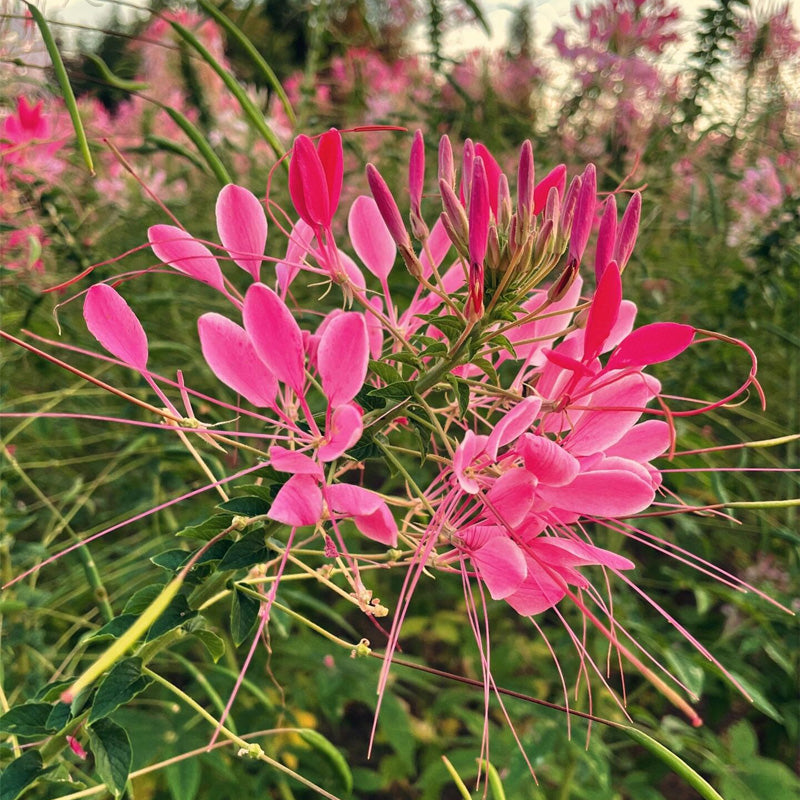About Boston Ivy
Boston Ivy (Parthenocissus tricuspidata) is a deciduous climbing plant known for its lush foliage and ability to cover walls, fences, and other structures. It is often used for its aesthetic appeal and ability to provide shade. Unlike English Ivy, Boston Ivy is not an evergreen and sheds its leaves in the fall, often displaying brilliant red and orange colors before doing so.
When to Plant Boston Ivy
-
Best Time: The ideal time to plant Boston Ivy is in the spring or early fall. These seasons provide moderate temperatures and adequate moisture, which help the plant establish its roots before extreme weather conditions set in.
-
Avoid: Planting in the peak of summer or winter is not recommended, as extreme temperatures can stress the plant.
Where to Plant Boston Ivy
-
Sunlight: Boston Ivy thrives in full sun to partial shade. While it can grow in shaded areas, the foliage may not be as vibrant, and the plant may grow more slowly.
-
Soil: The plant prefers well-draining soil that is rich in organic matter. It can tolerate a range of soil types, including clay, loam, and sandy soils, as long as they are not waterlogged.
-
Space: Ensure you have enough vertical space for the ivy to climb. It can grow up to 50 feet tall and spread widely, so it’s important to plant it where it has room to expand.
-
Structures: Boston Ivy uses small adhesive pads to cling to surfaces, so it’s ideal for planting near walls, fences, trellises, or other structures you want it to cover.
How to Plant Boston Ivy
-
Prepare the Soil: Loosen the soil in the planting area and mix in compost or organic matter to improve soil fertility and drainage.
-
Dig a Hole: Dig a hole that is twice as wide and just as deep as the root ball of the plant.
-
Plant the Ivy: Place the Boston Ivy in the hole, ensuring that the top of the root ball is level with the soil surface. Backfill the hole with soil and gently tamp it down to remove air pockets.
-
Water Thoroughly: Water the plant thoroughly after planting to help settle the soil around the roots.
-
Mulch: Apply a layer of mulch around the base of the plant to retain moisture and regulate soil temperature.
How to Care for Boston Ivy
-
Watering: Keep the soil consistently moist, especially during the first growing season. Once established, Boston Ivy is relatively drought-tolerant but will benefit from regular watering during prolonged dry spells.
-
Fertilizing: Apply a balanced, slow-release fertilizer in the spring to encourage healthy growth. Avoid over-fertilizing, as this can lead to excessive foliage growth at the expense of root development.
-
Pruning: Prune Boston Ivy in late winter or early spring to control its growth and shape. Remove any dead or damaged branches and trim back excessive growth to maintain the desired size and form.
-
Pest and Disease Control: Boston Ivy is generally resistant to pests and diseases. However, keep an eye out for common issues like aphids, scale, or powdery mildew. Treat any infestations promptly with appropriate measures, such as insecticidal soap or fungicides.
-
Winter Care: In colder climates, Boston Ivy may lose its leaves in the winter. Mulch around the base of the plant to protect the roots from freezing temperatures.
By following these guidelines, you can successfully grow and maintain Boston Ivy, creating a beautiful, green cover for your walls or structures.

